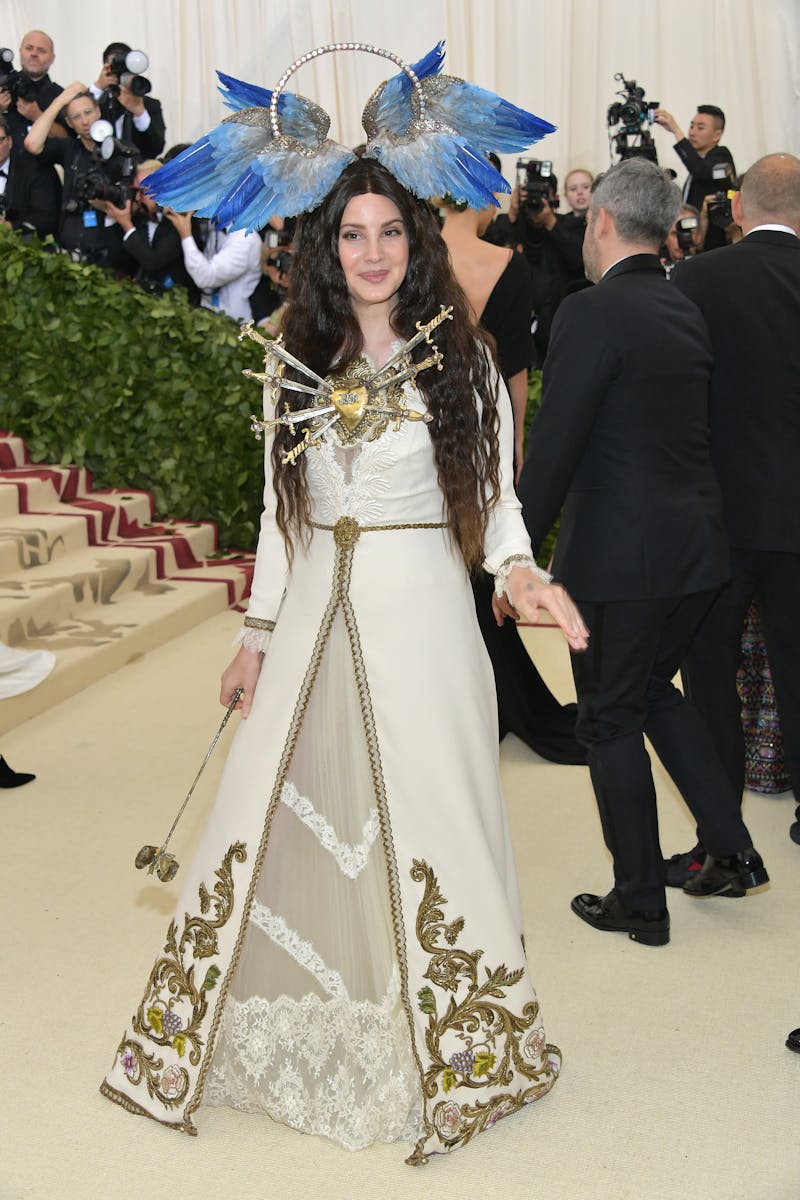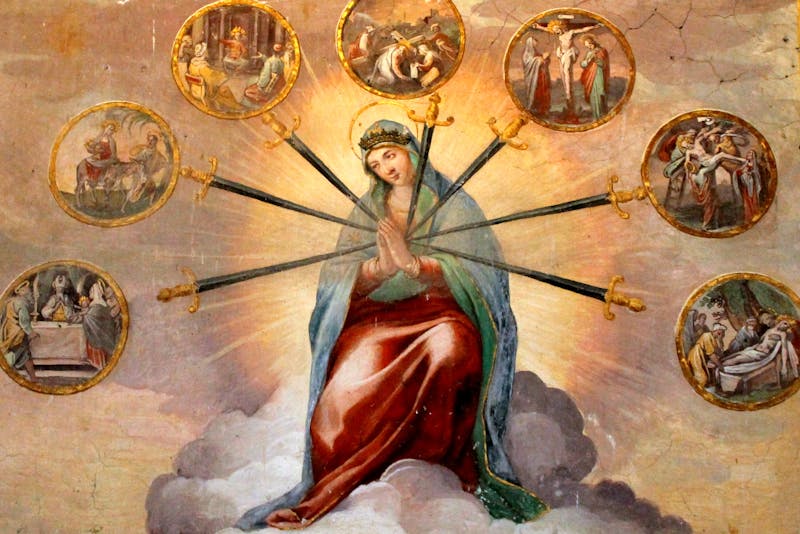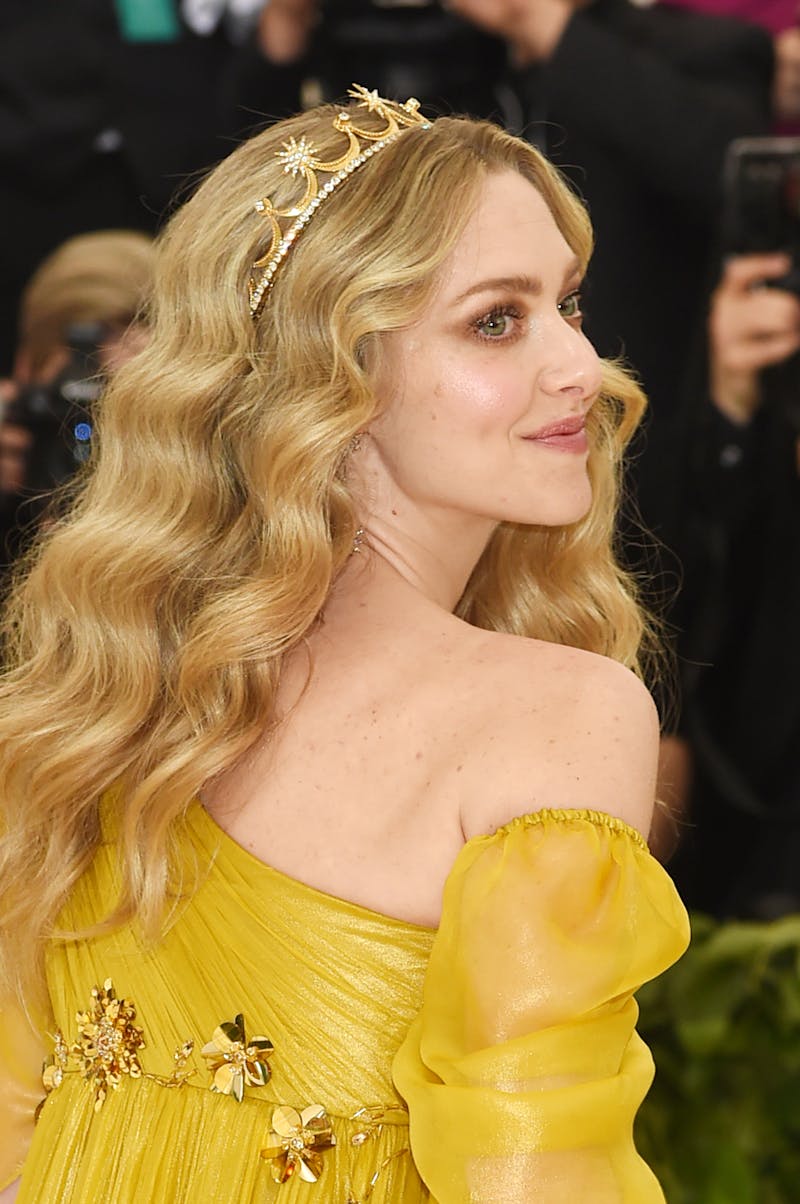If you search “Reformation” these days, you will find a clothing store that makes frilly dresses for girls. When Martin Luther published his Ninety-five Theses in 1517, he was not looking to reform womenswear. At the Council of Trent that marks the Reformation’s end, new rules were laid out for the production of religious art. The council declared that “all lasciviousness be avoided; in such wise that figures shall not be painted or adorned with a beauty exciting to lust.” Further, no art should be produced that is “disorderly, or that is unbecomingly or confusedly arranged, nothing that is profane, nothing indecorous.”
Of course, those rules only applied to the countries then under the influence of Protestantism: all of Northern Europe except Lithuania, Poland, and much of Ireland. And so in addition to a doctrinal division, a visual schism between the north and the south, the Protestant and the Catholic, opened. If the disorderly, confused, and indecorous were banned in Protestant Christian art, those styles proliferated in Catholic visuality. That maximalism ranges from the straightforwardly sacred—the violet of Advent, the zucchetto and the mitre atop holy heads—to the so-called “sacred-kitsch” of Roman Catholic domesticity.

The Sacred Heart (Sacratissimum Cor Iesu), for example, is an image of deep spiritual importance in Roman Catholicism. Images like this are common in Catholic communities and take on their own complex visual language. For example, when Baz Luhrman wanted to color the Verona Beach of his Romeo+Juliet as a Latino neighborhood, he placed an image of the sacred heart on Tybalt’s t-shirt and another on Romeo’s Hawaiian shirt. The devotional images of the Madonna, Christ, and saints that exist in so many Roman Catholic homes (on candles, cards, wall hangings) express a deeply felt piety. They also are prominent in a pluralistic culture, in contrast to the minimalism of Protestant religiosity. That contrast connects back to the Reformation of half a millennium ago, but it also looks forward to America’s future.
The Met Gala theme this year was “Heavenly Bodies: Fashion and the Catholic Imagination.” That theme was not just about a faith, but about a rich art historical tradition that occupies a subcultural, even subaltern, place in the U.S. because of its strong association with nonwhite populations. A 2017 study of American religious identity found that a majority of Catholics under 30 in the U.S. identify as Hispanic. The study also showed that the geographic and cultural centers of U.S. Catholicism are shifting, from Northeast/Midwest to the South and Southwest.

When Lana Del Rey dressed in a pierced heart and blue-winged headdress, she invoked Our Lady of the Seven Sorrows. (On a website called Beauty So Ancient, a number of devotional objects of the Lady are advertised under the headline, “A Devotion You Can’t Afford to Ignore.”) The seven sorrows refer to the tragedies of the Virgin Mary, running from the prophecy of Simeon to the piercing of Christ’s side to his burial. It would be very unusual indeed to see the sorrowing Lady with a smile on her face as broad as Lana Del Rey’s.

When Katy Perry showed up in an enormous set of angel wings, she looked like a picture you could buy as “Catholic Print Picture Large GUARDIAN ANGEL w/ boy and girl 8x10” from bonanza.com. Other celebrities took a different approach to the prompt of “Catholicism,” and associated the concept with Italian art ipso facto. This category included Amanda Seyfried, who dressed not as a Catholic but as a woman from a Botticelli allegory of spring. Botticelli himself is of course strongly associated with the kind of art you can buy on religious tote bags, since he painted so many cherubs.
But the late fifteenth-century painting Primavera is a scene of classical mythology. So what is the connection Seyfried is drawing here? As with the devotional object tradition of Lana Del Rey and Katy Perry, Seyfried is drawing upon a concept of the Catholic that is in fact an art historical idea. Remembering the Council of Trent’s disdain for the “lascivious,” the disorganized, and the “indecorous,” we can see how the very notion of Southern European and erotic art forms took on a Catholicism, if you will, that in fact has little to do with its religious underpinnings. Botticelli was painting, after all, before the very split that defined “Catholicism” as something other than Christianity itself.

Perhaps the strangest celebrity engagement with the Gala’s theme came in the form of haloes. Aside from Janelle Monae’s extremely orthodox halo, which she could have prized straight off a Byzantine icon, the fashion move of the night was to put a radiant circle on one’s head. A halo—otherwise known as an aureole, a nimbus, or a gloriole—can be seen in a variety of religious art: Ra has a solar disco over his head; Buddha often a halo; the Roman emperors were crowned in rays of light. But in Christian art, the halo has taken a few distinct forms. In medieval art, the halo went flat against the background. But as Renaissance interest in perspective grew, the halo became an aura tilted over the holy person’s head.
A halo of rays with no circle was often used in medieval art to signify a beatified holy person who was not yet canonized. The ray-beam style eventually became acceptable on any holy individual, but is most often seen in Catholic art on the Virgin Mary—sometimes in the form of a circle of stars, a symbol that later transferred to the European Union—because of her role as the Woman of the Apocalypse in the Book of Revelation. The radiant, spiky halo of late Catholic object-art was seen last night over the heads of Lily Collins, SZA, Rita Ora, and Solange. Rosie Huntingdon-Whitely wore a simple round nimbus, as seen in Da Vinci’s Madonna Benois, which looked very nice.

Many of the great contemporary fashion designers are, or were raised, Catholic in southern European countries. Dolce & Gabbana are both practicing Catholics, and in the fall of 2013 designed a whole collection based on the Cathedral of Monreale in Sicily. Elsa Schiaparelli was a serious Catholic, as was Coco Chanel, and Jeanne Lanvin. Recall the Dior fall 2000 show by Galliano, which opened with a model swinging a censer while dressed as the Pope.
By showing an interest in the art of the objects populating the lives of the majority of American Catholics, the celebrity coterie of this year’s Met Gala demonstrated an awareness, however subconscious, of the Hispanic and Latino Americans who are the religion’s future in this country. Despite the protestations of those who felt that the party exploited the spiritual seriousness of Catholic art, the Met’s carpeted steps played host to a syncretic display of contemporary religious visuality. That visual culture is never truly sacred or profane, because the tradition is mixed. A smiling Lady of the Seven Sorrows is a new sight indeed.
